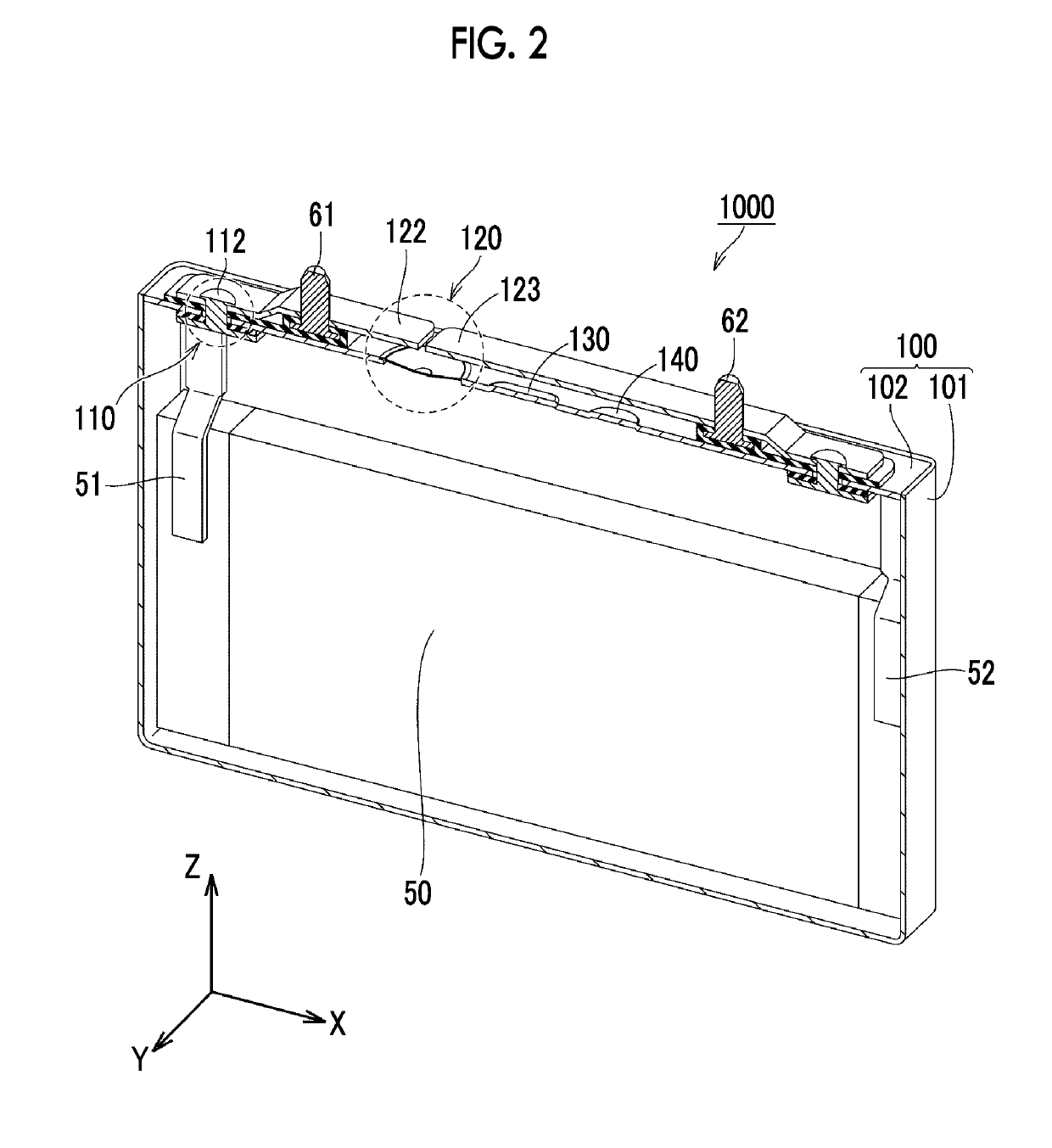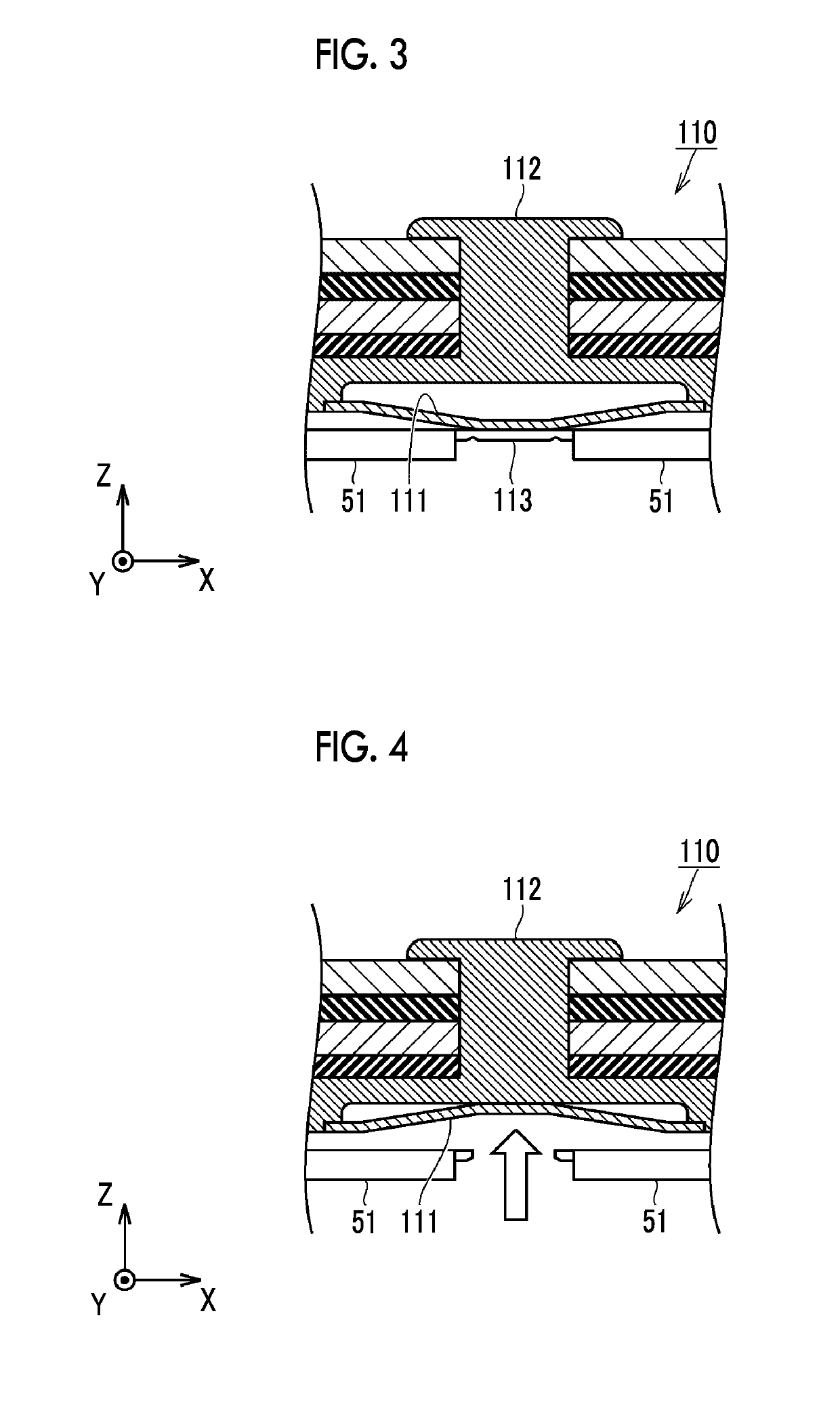Lithium ion secondary battery
a secondary battery and lithium ion technology, applied in the direction of batteries, sustainable manufacturing/processing, cell components, etc., can solve the problems of battery mode, battery overcharging, battery overcharging,
- Summary
- Abstract
- Description
- Claims
- Application Information
AI Technical Summary
Benefits of technology
Problems solved by technology
Method used
Image
Examples
example 1
[0137]The following materials were prepared.
[0138]First positive electrode active material particles
[0139]First lithium transition metal oxide: LiNi0.4Co0.5Mn0.1O2
[0140]Lithium carbonate: 0.4% by mass
[0141]Second positive electrode active material particles
[0142]Second lithium transition metal oxide: LiNi0.4Co0.2Mn0.4O2
[0143]Lithium carbonate: 0.03% by mass
[0144]Conducting material: AB
[0145]Binder: PVdF
[0146]Solvent: N-methyl-2-pyrrolidone (NMP)
[0147]Positive electrode collector: Al foil
[0148]The compositions of the lithium transition metal oxides and the contents of the lithium carbonate are values measured using the methods described above.
[0149]A total of 93 parts by mass of the first positive electrode active material particles and the second positive electrode active material particles, 4 parts by mass of the conducting material, 3 parts by mass of the binder, and a predetermined amount of the solvent were mixed together, thereby preparing a positive electrode slurry. The mix...
PUM
| Property | Measurement | Unit |
|---|---|---|
| temperature | aaaaa | aaaaa |
| thickness | aaaaa | aaaaa |
| thickness | aaaaa | aaaaa |
Abstract
Description
Claims
Application Information
 Login to View More
Login to View More - R&D
- Intellectual Property
- Life Sciences
- Materials
- Tech Scout
- Unparalleled Data Quality
- Higher Quality Content
- 60% Fewer Hallucinations
Browse by: Latest US Patents, China's latest patents, Technical Efficacy Thesaurus, Application Domain, Technology Topic, Popular Technical Reports.
© 2025 PatSnap. All rights reserved.Legal|Privacy policy|Modern Slavery Act Transparency Statement|Sitemap|About US| Contact US: help@patsnap.com



